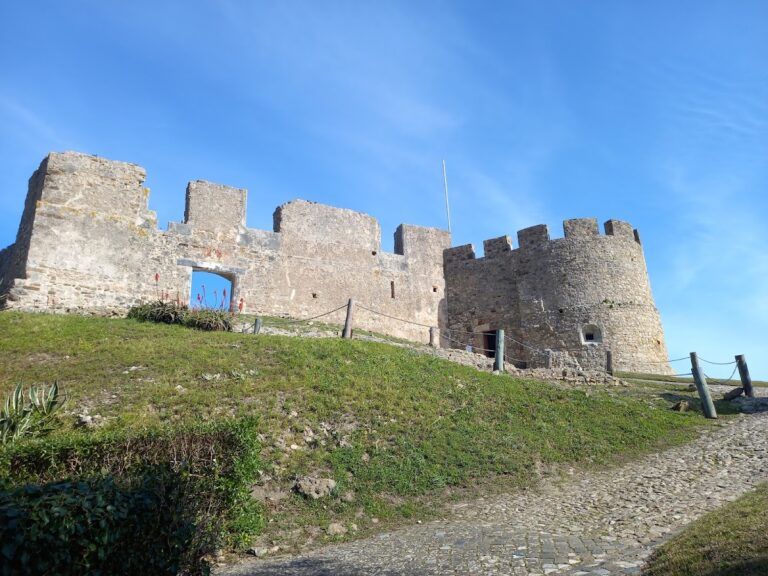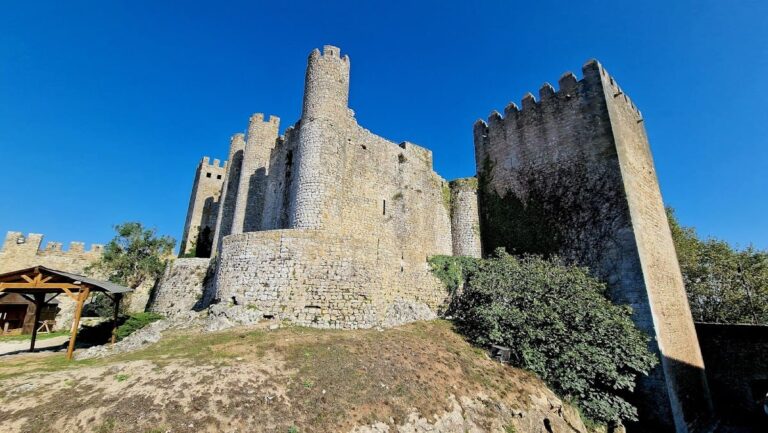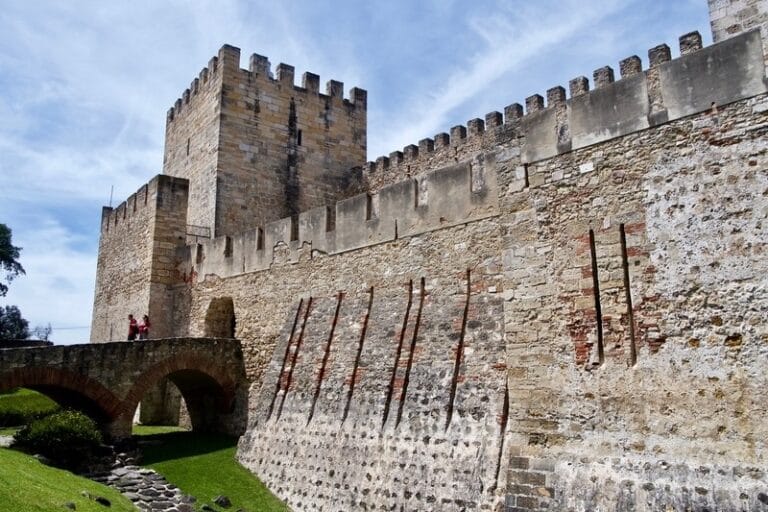Castle of Alenquer: A Historic Fortress in Portugal
Visitor Information
Google Rating: 4.2
Popularity: Low
Google Maps: View on Google Maps
Country: Portugal
Civilization: Medieval European
Remains: Military
History
The Castle of Alenquer is situated in the municipality of Alenquer, Portugal, and was originally established as a Muslim fortress following the territory’s conquest in 714 by Muslim forces. Known then as “Alan Cana,” the site served as a strategic stronghold within the region. In 1148, the castle was taken by the first King of Portugal, D. Afonso Henriques, during the Christian Reconquista. Following its capture, he undertook repairs and encouraged the resettlement of the area, setting the foundation for the castle’s development under Portuguese rule.
By the early 13th century, the castle had become a crucial defensive position north of Lisbon. In 1211, King D. Sancho I constructed a royal palace within the fortress and later gifted the property to his daughter, Sancha, who took residence there in 1212. This occurred amid a dispute involving Infante D. Afonso II, Sancha’s brother. To mediate this family conflict and ensure military oversight, Pope Innocent III granted control of the castle to the Knights Templar in 1216, highlighting the site’s enduring military importance.
Ownership passed to Queen D. Constância in 1340, and from that point the castle became part of the patrimony belonging to Portuguese queens. Significant construction in the Gothic architectural style took place during the 14th century under Queen Isabel. This phase introduced an oval-shaped enclosure and a prominent keep tower featuring battlements topped with rectangular merlons, defensive structures typical of medieval fortifications.
The castle’s strategic location made it a target during the conflict between Portugal and Castile. In 1384, Castilian forces captured the fortress. As a sign of reprisal following the castle’s surrender, the cornerstones of its keep tower were removed and portions of the walls were deliberately lowered. These damaged fortifications were partially restored in 1439 when Queen D. Leonor Teles ordered the walls to be rebuilt and raised once again.
Towards the late 16th century, the castle saw decline. Its cistern—a storage tank for water—fell into ruin around 1578. During the succession crisis of 1580, the town supported D. António, Prior of Crato, a claimant to the Portuguese throne. Despite this allegiance, the castle gradually fell into disrepair. Local inhabitants quarried stone from its walls to use as building material, contributing to its degradation. A chapel constructed above the Nossa Senhora da Conceição Gate in 1740 was later demolished during 20th-century archaeological work.
The 1755 Lisbon earthquake inflicted significant damage on the castle, destroying two tower gates. In 1810, during the Battle of Buçaco, the fortress suffered further wear as troops were stationed within its walls. Archaeological excavations carried out in 1927 and 1940 revealed evidence of prehistoric settlement beneath the site and unearthed artifacts related to its long history. Partial restoration efforts began under the Directorate-General for National Buildings and Monuments (DGMEN), but these attempts were never fully completed.
The castle has been officially recognized as a Property of Public Interest since 1955, ensuring its preservation as a historical monument.
Remains
The Castle of Alenquer occupies the highest point within the town’s historic center, resting atop the remains of the original Muslim fortress. Its layout follows the uneven terrain and adapts to the shape of the urban area it encloses. The site includes the former Jewish quarter and urban spaces extending to the Nossa Senhora da Conceição Gate, along with adjacent corridor towers. The surviving fortifications are irregular in shape and built mainly from stone masonry arranged in a consistent pattern.
Among the preserved walls is the northern curtain wall, which features three rectangular towers and two arched doorways that once allowed controlled access. Two of these towers—on the left and northeast—contain terraces with parapets, providing walkways where defenders could patrol. The third tower on the right stands out for its tile roof topped by a small bell tower, a feature that suggests adaptation for signaling or religious use.
The castle’s Gothic phase introduced two main enclosed areas. The upper enclosure sits on the summit where the original Muslim fortress, known as the alcáova, was located. This section served as the core defensive position. Below that, a larger, lower terrace defended the early urban settlement that developed around the fortress. The walls throughout are capped with rectangular merlons—upright stone blocks designed to protect archers—and battlements. Some sections include parapets that guard the edge, allowing defenders to safely move along the wall.
A principal feature is the main rectangular tower, or keep, which rises approximately 18.6 meters (61 feet) above the nearby river. This tower connects to other parts of the fortress by a defensive corridor, allowing movement between positions without exposure. Another notable structure is the “Torre da Couraça,” a square-plan tower situated near the river. Standing about 18 meters (59 feet) tall, this tower likely dates from a later construction phase and was modified over time. Its location and size suggest it served as a key defensive link, especially for protecting access to water resources essential to the fortress.
Many sections of the castle walls incorporate an adarve, which is a walkway along the top of the walls, used historically by guards managing the defenses. Over time, parts of the fortification and some towers were repurposed for residential use, with segments of the defensive walls integrated into local buildings. Inside the castle, a spring or fountain once provided water, and objects were recovered from the ruins of the cistern, shedding light on the daily needs of those who lived there.
Excavations beneath the castle have revealed artifacts that indicate human presence before the fortress was built, confirming that the site saw occupation during prehistoric times. These findings connect the castle not only to medieval history but also to a much longer span of human activity in the region.






